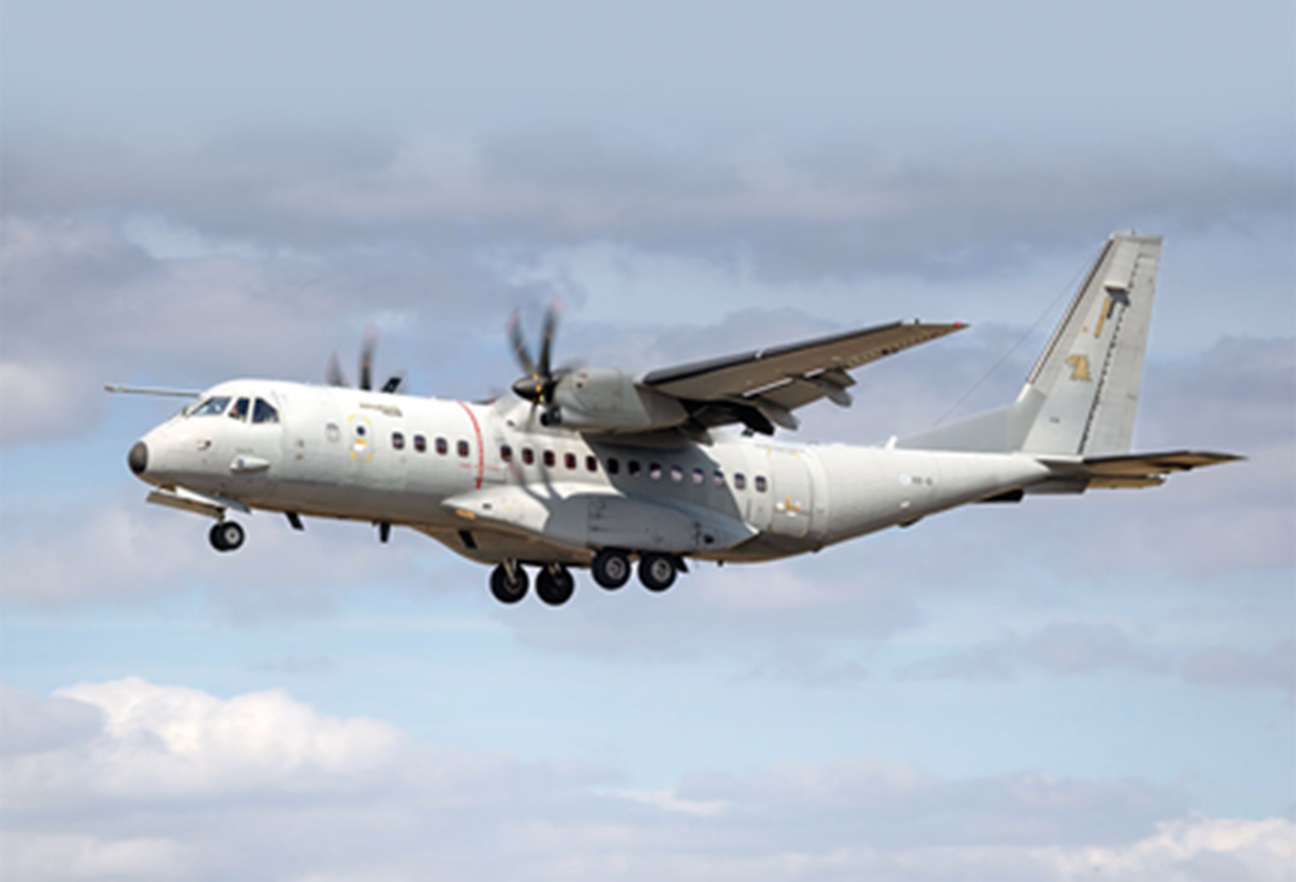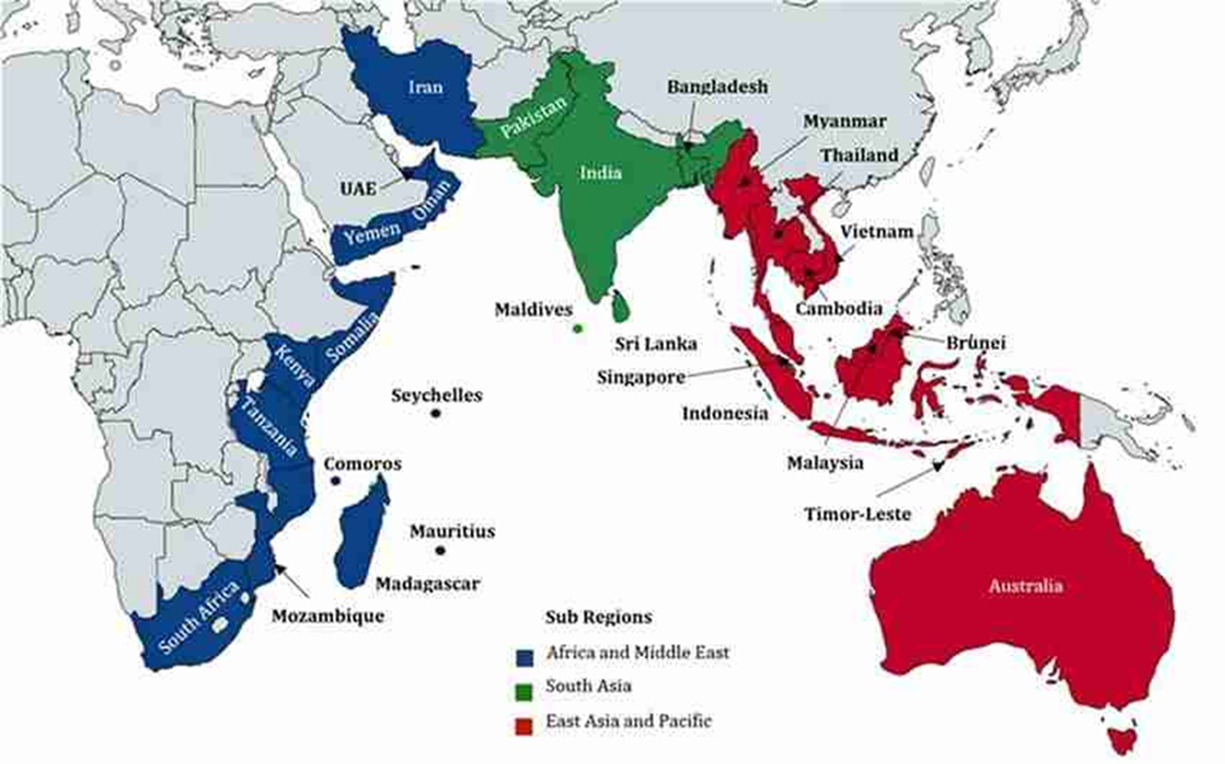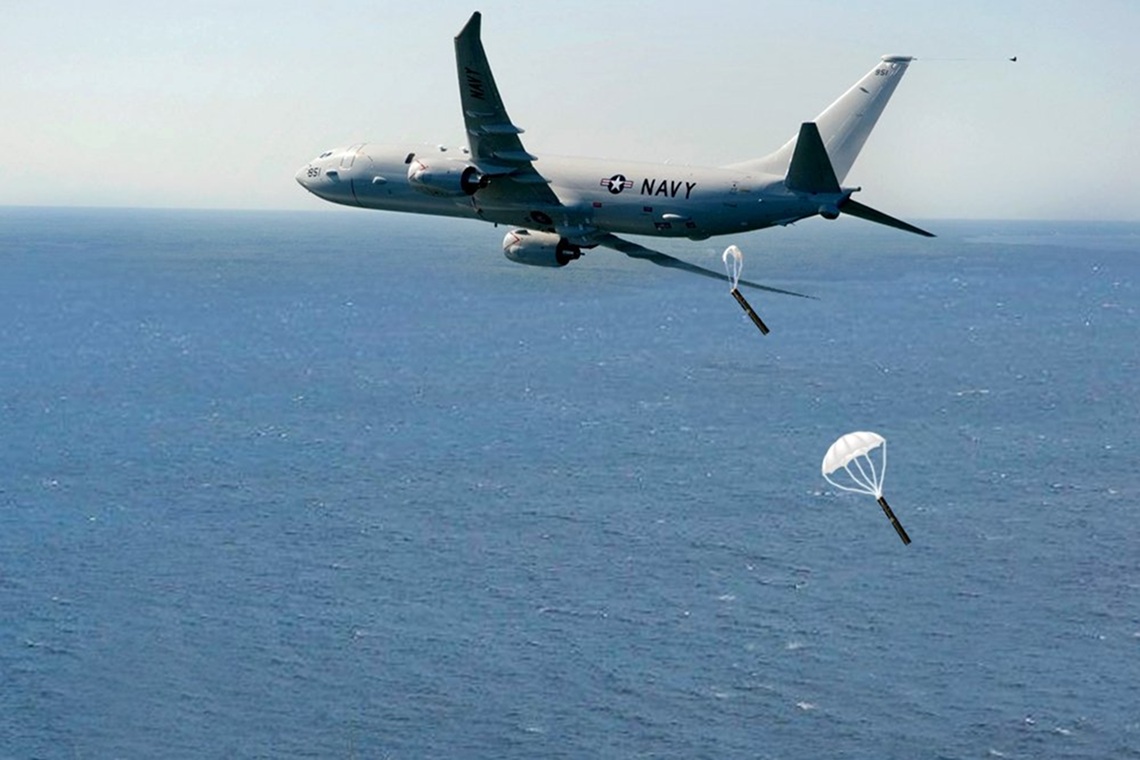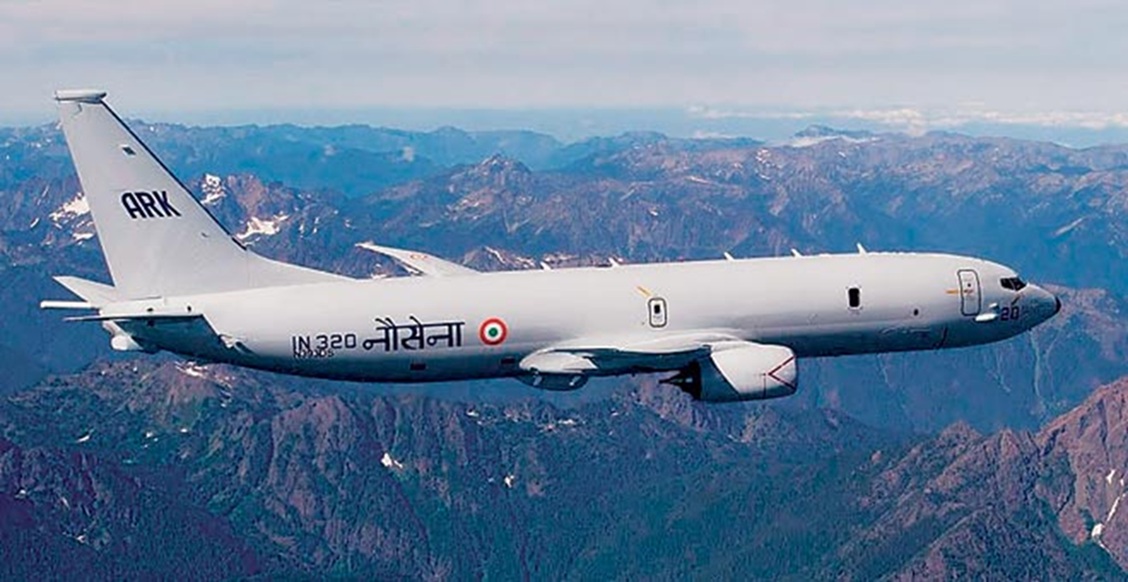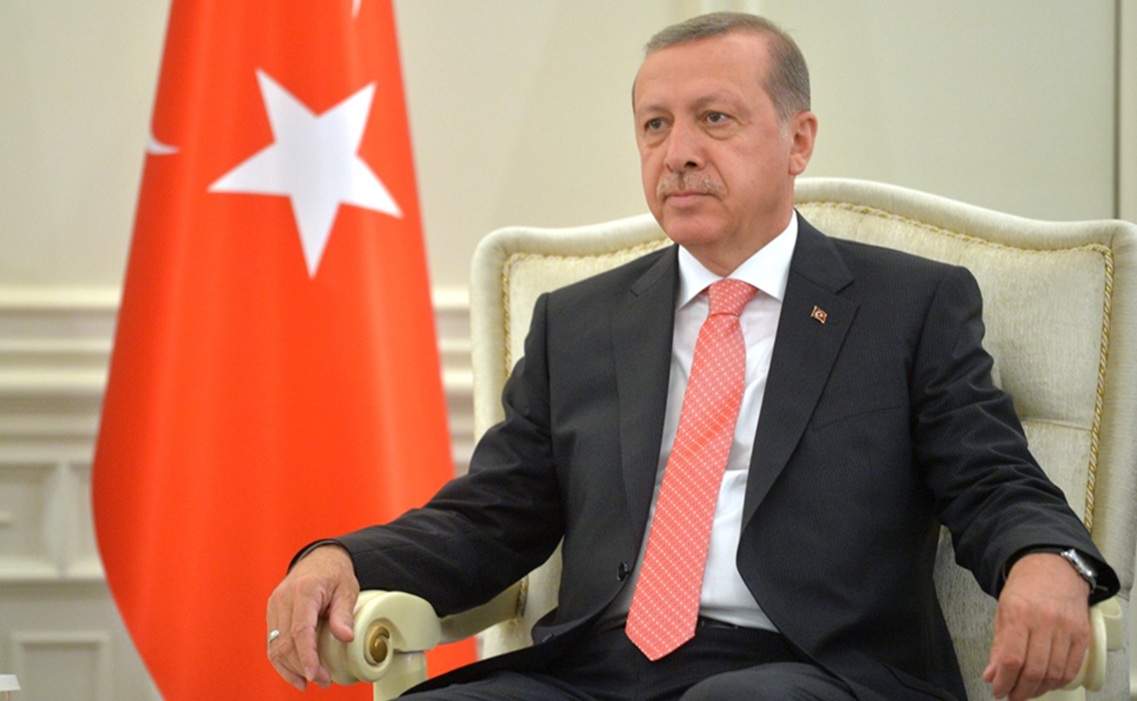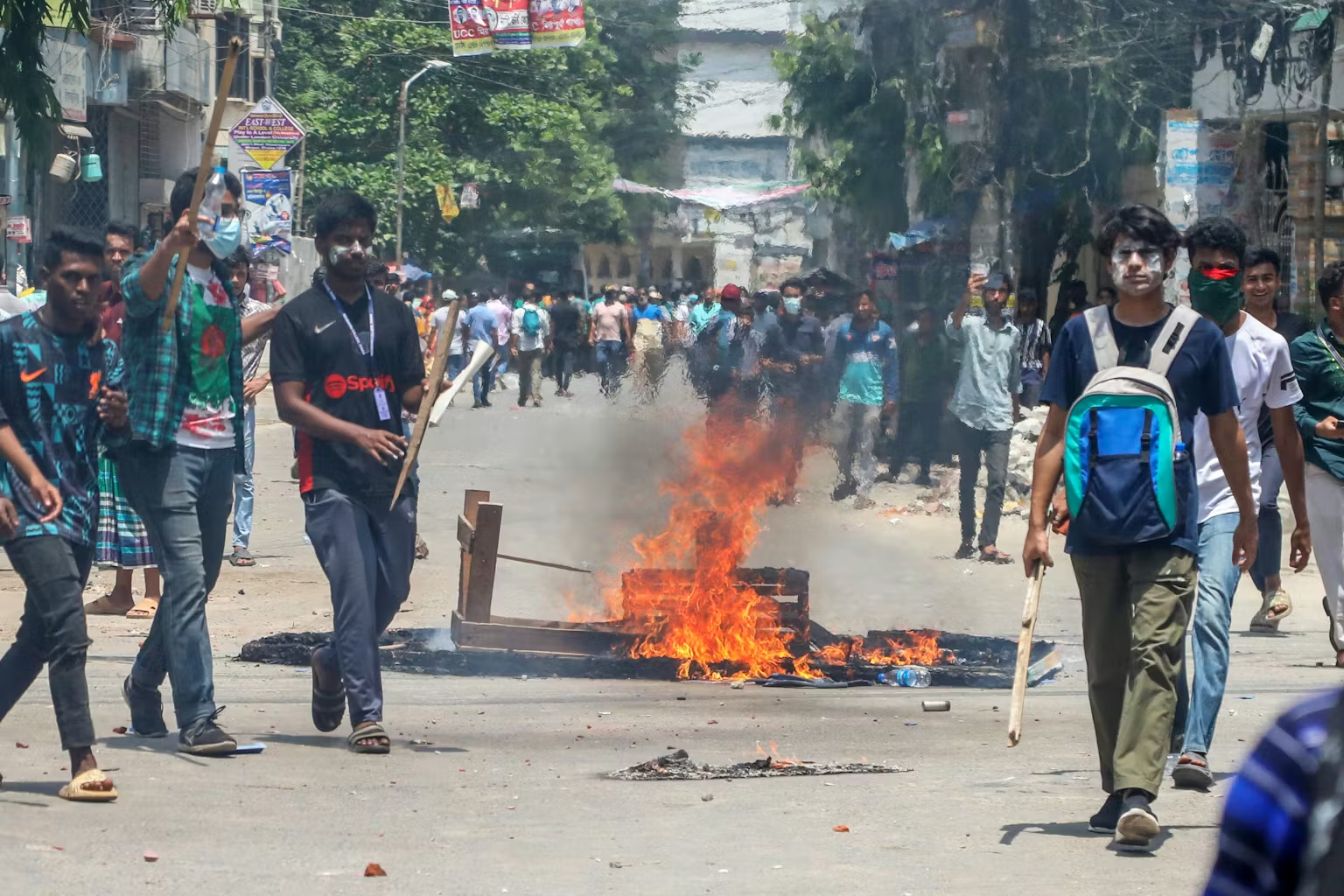India’s aspirations in aerospace have soared high for decades, culminating in landmark achievements in space exploration, missile development, and combat aircraft. However, one domain where this ambition has failed to take flight is civilian aircraft manufacturing, particularly in the development of an Indian turboprop as a Regional Transport Aircraft (RTA).
The need for a domestic RTA platform has never been more urgent. With India poised to become the third-largest aviation market globally, regional air connectivity—underpinned by reliable, efficient turboprop aircraft—will be central to integrating the country’s vast geography and enabling inclusive economic growth. And yet, despite decades of research, feasibility studies, policy endorsements, and even flight-tested prototypes, India still lacks a homegrown, commercially viable turboprop aircraft. Why has this been so difficult?
This blog examines the technical, institutional, market, and policy-related factors behind India’s underperformance in turboprop aircraft development. Drawing lessons from international case studies—particularly Japan’s ill-fated SpaceJet—and from within India’s own defence and space sectors, we explore a realistic and forward-looking strategy for making India’s RTA dream a reality.
A Turboprop RTA for India
The Indian civil aviation market is undergoing a rapid eastward shift. According to the International Air Transport Association (IATA), India is set to overtake the U.S. as the second-largest domestic air market in the coming years, following only China. The UDAN (Ude Desh ka Aam Nagrik) scheme alone seeks to revive over 300 defunct airstrips to enhance connectivity between Tier II and Tier III cities.
Turboprop aircraft—typically seating between 20 and 80 passengers and designed for flights of 300–500 km—are ideally suited for short-haul routes, remote airfields with limited infrastructure, and high-frequency shuttle services. And yet, nearly all regional aircraft in India today are imported, primarily from ATR (a joint venture between Airbus and Leonardo), Bombardier (now part of Bombardier), or Embraer. India’s import dependency for regional airliners is not only expensive but strategically unsustainable. Boeing estimates India will need nearly 2,500 new aircraft over the next two decades—hundreds of which will fall in the regional category.
False Starts and Missed Opportunities
India’s civil aircraft development has long been dogged by bureaucratic inertia, fragmented leadership, and technological overreach. Early ambitions began with the 14-seater Saras program developed by the National Aerospace Laboratories (NAL). Despite a promising concept, the aircraft failed to meet certification and performance expectations. Subsequent crashes and redesigns slowed momentum, and private airline interest remained negligible. HAL and NAL have also pitched a 19-seater Civilian Dornier 228, derived from a military variant. While it has found limited utility with government agencies and the Indian Coast Guard, it has yet to see mainstream commercial airline adoption due to pricing and performance concerns. India’s proposed 70–90-seater Regional Transport Aircraft (RTA) project has remained largely on paper. Conceived over two decades ago, it has yet to secure final approvals, let alone investor or operator commitments.
Several feasibility studies were conducted, and optimistic estimates suggested a demand of over 200 aircraft in India alone. But most of these studies accounted heavily for defence or government orders and did not convincingly secure commitments from commercial operators.
Institutional Limitations and Design Inexperience
India’s leading aerospace entities—HAL and NAL—have struggled with civil aircraft development due to a variety of structural and institutional challenges. HAL, with deep roots in military aviation, lacks organisational experience in the rigorous, iterative, and certification-intensive processes of civil aircraft development. NAL, meanwhile, remains a research-focused organisation that has historically lacked manufacturing depth and private-sector collaboration.
A notable parallel here is Japan’s Mitsubishi SpaceJet (formerly MRJ), which offers a cautionary tale. Despite Mitsubishi Heavy Industries’ industrial strength and aviation know-how, the program suffered over a decade of delays, many caused by underestimating the complexities of civil certification and systems integration. India risks repeating a similar experience unless structural reform, international collaboration, and focused program management become central to any future aircraft project.
The Scope Clause Challenge: A Global Constraint and Local Implications
In the world’s largest regional aircraft market—the United States— “scope clause” agreements between pilot unions and airlines cap aircraft size (typically at 76 seats and a 39-ton MTOW) for regional operators. This clause effectively blocks the entry of many modern regional jets, including India’s proposed RTA, unless designed to comply from day one. When Japan’s SpaceJet MRJ90 did not meet these limits, it lost out on its primary market, causing a major redesign and, eventually, a program halt. Mitsubishi had to acquire the Bombardier CRJ program just to salvage its market access and support base. India’s RTA must expect such limitations early in the design phase. A 70–76-seater turboprop, built with scope clause compliance in mind, is more likely to find traction internationally and locally.
Why Airlines Remain Sceptical?
Indian airlines operate in a high-volume, low-margin environment. For them, the cost of operating a new, unproven Indian-built aircraft must be demonstrably lower over the long run compared to established platforms. NAL’s promise of 25% lower acquisition and maintenance costs and 15–20% fuel savings lacks third-party validation. Without such proof, no private airline will risk the operational and reputational cost of adopting an untested aircraft—even if incentivised by the government. This scepticism is reinforced by the poor market performance of HAL’s Civilian Dornier and NAL’s Saras, both of which did not attract serious airline interest despite government backing.
Global Trends: Learn from Others’ Mistakes
Aviation is a high-barrier industry. Very few nations have successfully built and marketed civil aircraft at scale. Even technologically advanced countries like Japan and Russia have struggled due to certification delays, design oversights, and commercial inexperience. Meanwhile, Brazil’s Embraer has appeared as a global leader by staying focused on niche markets, working closely with airlines during design, and supporting a rigorous focus on certification.
China, with its ARJ21 and upcoming MA700 turboprop, is investing billions—not just in development but in domestic airline absorption, export financing, and supplier ecosystems. India lacks such scale or subsidy—but it does have a large, growing market, a vibrant private airline sector, and considerable engineering talent. With the right partnerships and policy framework, a workable RTA program is possible.
Way Forward
To build a successful indigenous turboprop aircraft, India must:
1. Create a Special Purpose Vehicle (SPV):
Civil aircraft development must be separated from HAL/NAL’s core military roles. A dedicated SPV, with private equity participation and foreign collaboration, should be set up to own and execute the RTA program.
2. Collaborate with an Experienced OEM:
Partnership with an international aircraft maker (ATR, Embraer, or De Havilland) is essential—particularly for design mentoring, systems integration, and certification support.
3. Design for Market, Not National Pride:
Instead of aiming for prestige projects, India should target a specific use case: a 70–76 seat turboprop improved for sub-700 km routes, scope clause compliant, and cost-competitive with ATRs.
4. Engage Airlines Early:
Private airlines must be part of the design process. Their feedback on seating, cargo configurations, maintenance cycles, and crew training can make or break market acceptance.
5. Secure Government Anchor Orders:
Defence services, state governments, and PSU airlines like Alliance Air should commit to a fleet size upfront—building baseline demand and de-risking private orders.
6. Build Certification Muscle:
India must invest in strengthening the DGCA’s capabilities and, potentially, partner with EASA/FAA bodies to co-certify any indigenous aircraft. Certification is not just regulatory; it is a credibility signal.
7. Prioritise Industrial Clusters:
Establishing part manufacturing and MRO hubs near final assembly sites—such as in Bengaluru, Hyderabad, or Nagpur—can anchor a broader aerospace ecosystem and generate jobs.
Conclusion
India’s civil aviation story has long been powered by imported wings. While the country has made remarkable strides in military and space aerospace, its civil aircraft sector is still underpowered. But the opportunity is immense. Regional aviation is no longer a footnote in commercial aviation—it is a growth engine. With over 300 regional routes planned under UDAN, and turboprops being the aircraft of choice for underdeveloped airfields, the time for India’s RTA has truly arrived. The dream is achievable. But it demands realism over rhetoric, collaboration over isolation, and execution over aspiration.
Title image courtesy: Airbus
Disclaimer: The views and opinions expressed by the author do not necessarily reflect the views of the Government of India and Defence Research and Studies
Article Courtesy: https://vayuacademy.com/


